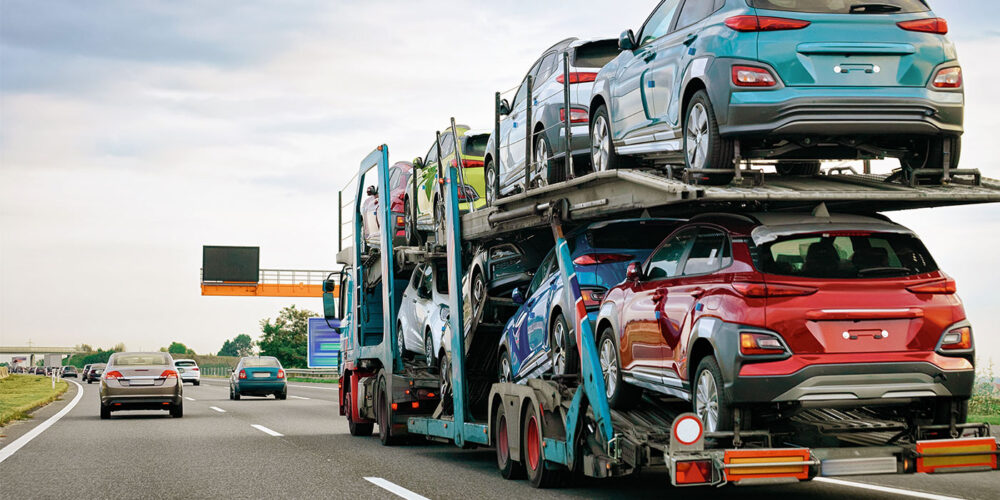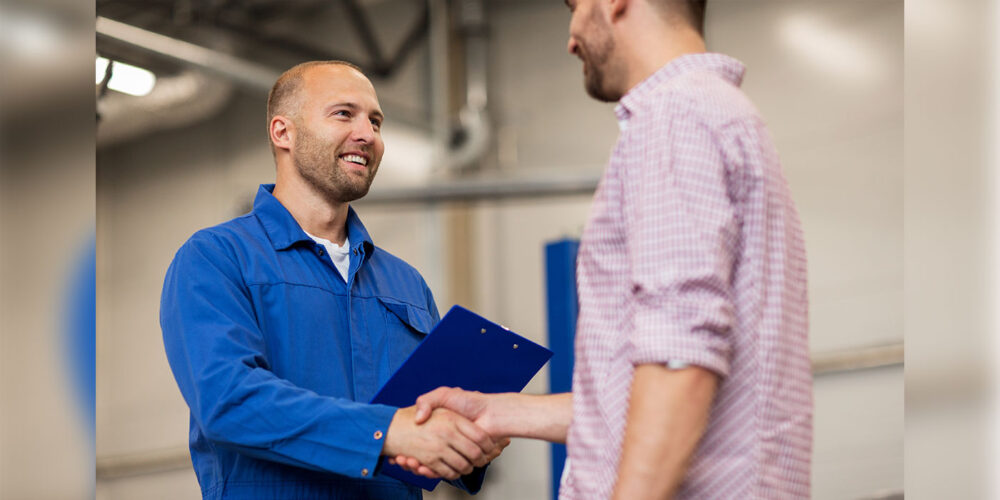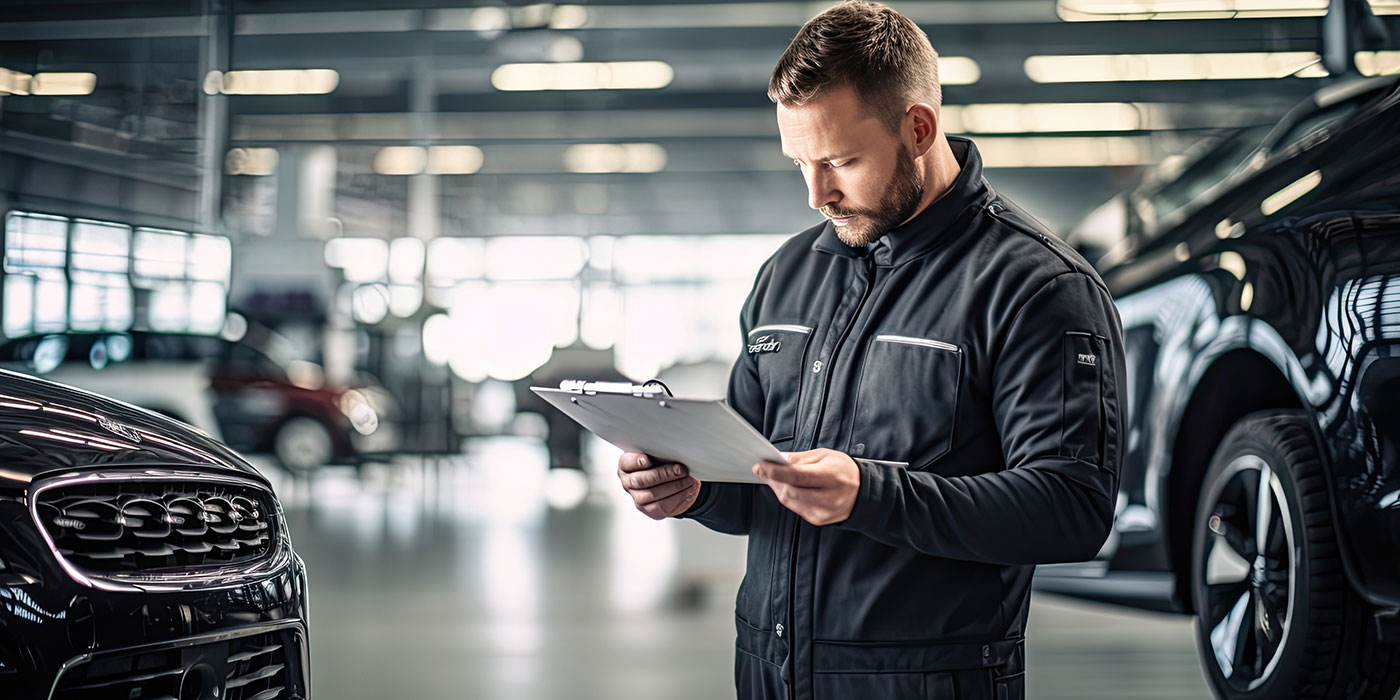By Jonathan Stott, senior product manager for Ship.Cars
As car buyers shift to online research, shopping and buying — with many skipping the dealership altogether — car shipping has never been more in demand.
But shipping a vehicle is riskier than driving it off the lot. In-transit damage or delays lead to frustrated and disappointed buyers. And while the best dealerships follow through with their customers to be sure their new car arrives on time, to the right place, in perfect condition, today’s top dealers know how to leverage emergent technology in the form of car hauling software for smoother shipments and consistent customer satisfaction.
Let’s face it: Obsolete processes that rely on paper, pens and telephones are inefficient and create opportunities for errors. Lost paperwork, missed calls and misread maps lead directly to delayed shipments and a sour customer experience.
New software solutions reimagine those processes, streamlining and automating routine business practices. Dealers and carriers communicate with each other, exchange documentation, track shipping progress and process payments all in one place. This innovative technology makes a tremendous impact on four key phases of the delivery process:
1. Locate and Contract Quality Carriers
Dealerships don’t always have the right model in stock, especially when smart buyers research and choose their vehicle in advance. In these cases, the best dealers work with carriers to place the order and deliver the vehicle directly to the customer.
But selecting the right carrier is critical for a smooth shipment. Today’s software solutions connect dealers with verified quality carriers. Shippers can choose from a digital dashboard of thousands of proven carriers and contact them directly in the app. They can also dispatch carriers instantly, reducing the dispatch process to a few clicks instead of tedious phone calls back and forth.
Partnering with tech-savvy carriers is a major advantage for dealerships, too. Carriers who use car hauling software enjoy seamless shipments, with instant communication with dealers.
2. Enable Dealer-Carrier Communications and Tracking
Connecting dispersed people is one of technology’s most powerful uses, especially in the vehicle transportation industry. Centralized in-app communication lets dealers share important documents with carriers, track shipments, write delivery instructions and send maps of delivery locations. Team members can access critical information the moment they need it.
What’s more, geotracking revolutionizes shipment tracking. Rather than relying on carriers to report a shipment’s current location, optimize their route for a speedy delivery and successfully navigate to the correct location, geotracking lets the shipper track a shipment’s location in real-time, follow its progress, locate the quickest route automatically and more accurately predict its arrival time. Customers can stay up to date on their vehicle’s location and schedule their day around its delivery. Receiving a car shipment is nearly as easy as accepting a pizza delivery!
3. Improve Inspection and Damage Documentation
Even the most careful carriers face considerable revenue losses in damage claims, even when they have a high rate of successful delivery. Claims can cost companies significantly, and they are difficult to dispute without thorough vehicle inspection information. Accurate inspection documentation saves companies money in disputed claims, and inspection applications safeguard dealers and carriers during the risky shipping process.
Historically, visual assessment and manual note-taking fail to capture a vehicle’s condition in its entirety, which makes assigning responsibility and disputing claims difficult if a vehicle arrives with a scratch or small dent. Today’s best apps let inspectors photograph and video a vehicle, creating indisputable evidence of its condition, and use artificial intelligence (AI) damage inspection tools to make the inspection process even quicker and easier. This powerful software locates and electronically marks damage, so every blemish is accounted for quickly and accurately.
Inspection applications also use geotagging and time-stamping to instantly log the location and time an inspection occurred. This provides further evidence of a vehicle’s condition prior to shipping. No one can argue a vehicle sustained damage in-transit when a geotagged, timestamped photograph proves it was already damaged at the time and location of its pickup.
4. Save Time and Money on Pricing
When it comes to pricing, AI-powered calculators generate highly accurate quotes in milliseconds, based on a variety of factors from vehicle dimensions to market conditions. Instant quote generation lets dealers submit estimates to customers and carriers quicker and more accurately, significantly reducing costs and increasing margins. And with the ease of sharing digital documents and the ability to process payments through software, everyone gets paid quicker for a faster turnaround on every shipment. Both dealerships and their customers save money — win-win!
Car transportation is making rapid technological advances, replacing tools and revolutionizing practices that were common just 10 years ago. The processes that drove the industry for generations are obsolete. Dealers who want to stay on top of the industry and continually improve their customers’ experience must adopt the latest technology for faster, more efficient and reliable, cost-saving service when shipping cars.













